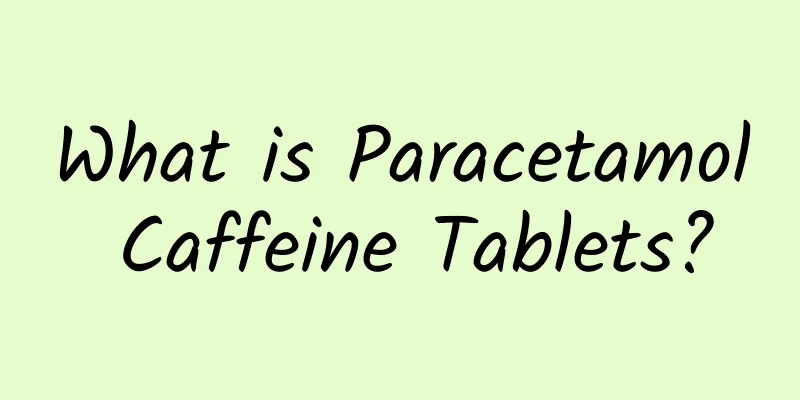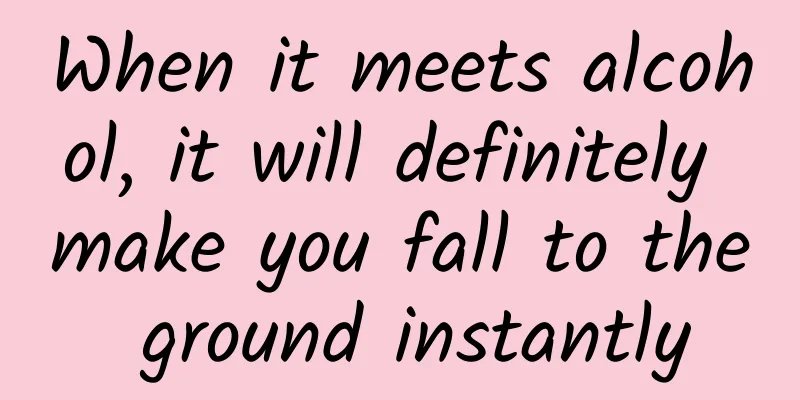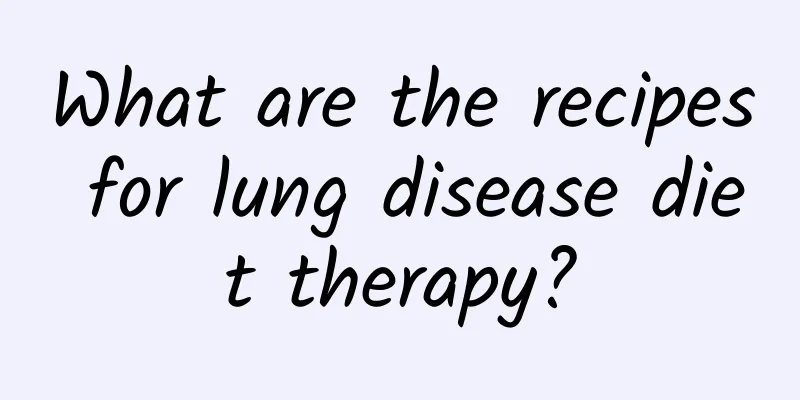What causes acute hypertension?

|
Hypertension has become an increasingly common disease. The fast pace of modern life makes people under great pressure and in a bad mood. At the same time, factors such as lack of exercise and irregular diet have led to an increasing number of people suffering from high blood pressure. Patients with hypertension may experience symptoms such as headache, lack of energy, and fatigue. High blood pressure also causes many other diseases. So what causes acute hypertension? The common symptoms of hypertensive emergencies are nausea , vomiting, severe headache, palpitations and even blurred vision. You should immediately rest in bed, stabilize the patient's emotions and don't be nervous. Take antihypertensive drugs in time. If the condition does not improve after taking medicine and resting, you should notify the emergency center and send the patient to the hospital for emergency treatment. If the patient has more than the above symptoms and also has more serious conditions, such as limb numbness, paralysis, and impaired consciousness, these symptoms may be acute cerebrovascular disease. Family members should notify the emergency center immediately and immediately lay the patient flat with the head tilted to one side to prevent vomitus from being inhaled into the airway and causing aspiration, leading to suffocation or aspiration pneumonia. Excessive fatigue and mental stimulation may also trigger hypertensive emergencies. When hypertensive emergencies occur as a result, the patient will suddenly experience precordial pain, chest tightness, and radiating to the left shoulder or left upper limb, pale face, cold sweat... This may be acute angina pectoris or myocardial infarction. Let the patient rest quietly, take a tablet of nitroglycerin sublingually, and inhale oxygen, and call the emergency center immediately. Dietary treatment for high blood pressure 1. Control energy intake and reduce high-fat diet. For patients with hypertension, it is not good if the dietary calorie intake is excessive, the ratio of saturated fat and unsaturated fat is unbalanced, there is too much sodium, too little potassium, too little calcium, too much monosaccharide, and too much cellulose. Therefore, we should reduce the amount of fat in our diet, especially animal fat, such as fatty meat and fatty intestines. 2. Eat low-cholesterol foods. High cholesterol foods include animal offal, egg yolks, fish roe, and various animal oils. Foods low in cholesterol include milk (13 mg per 100 g) and various freshwater fish (90-103 mg per 100 g). 100g of pork liver contains 368mg and 100g of egg yolk contains 1705mg of cholesterol. 3. Limit foods high in sugar. Especially obese people or those with high blood pressure who are prone to obesity should eat less sweet cakes, cookies, desserts, candies, etc. 3. Exercise health care methods for hypertension 1. The advantages of walking are that it is very convenient, easy to operate and easy to accept. Generally, people in their 50s and 60s can walk 60 steps per minute and exercise for 20 to 60 minutes under good conditions. The time should not be too short nor too long. This helps improve cardiovascular metabolic function. In the past we required once a day, but now we encourage older people with weaker physical fitness to divide the entire exercise into several times a day. Pay attention to your posture when walking and try to keep your breathing even. 2. Jog for more than 25 minutes every day, at least 3 to 5 times a week. Generally speaking, jogging is suitable for young people and people with better physical fitness. Walking is enough for the elderly. When running, you should be relaxed, the ground should be flat, and your shoes should be loose. Clench your fists, relax your body naturally, and don't breathe too quickly when running. 3.3. Cycling: When exercising at home on rainy days, you can jog on the spot, or use a climbing machine, a stationary bike, etc. The clinical manifestations of hypertensive crisis occur suddenly and the condition is serious . It usually presents with severe headache, accompanied by nausea and vomiting, visual impairment, and abnormal mental and neurological changes. 1. Significant increase in blood pressure: Systolic blood pressure can rise to over 200 mmHg. In severe cases, diastolic blood pressure also rises significantly, reaching over 117 mmHg. 2. Signs of autonomic dysfunction: fever, sweating, dry mouth, chills, tremors in hands and feet, palpitations, etc. 3. Manifestations of acute damage to target organs: 3.1. Blurred vision. Vision loss, fundus examination revealed retinal hemorrhage, exudation, and papilledema. 3.2. Chest tightness, angina pectoris, palpitations, shortness of breath, cough, and even foamy sputum. 3.3. Frequent urination, oliguria, increased plasma creatinine and urea nitrogen; 3.4. Transient sensory disturbance, hemiplegia, and aphasia. In severe cases, patients may experience irritability or drowsiness. What are the dangers of high blood pressure? 1. Heart failure. Heart failure is a common complication of hypertension. Epidemiological studies have shown that 40% to 50% of heart failure is caused by hypertension. The higher the blood pressure, the greater the likelihood of developing heart failure without treatment. Hypertension has been considered to be the main risk factor for left ventricular hypertrophy and myocardial infarction, which can cause heart failure. Therefore, hypertension plays an important role in the course of heart failure. 2. Hyperlipidemia. Some studies have shown that hypertension is closely related to increased total cholesterol and decreased high-density lipoprotein levels. Disorders in blood lipid metabolism significantly increase the risk and incidence of cardiovascular disease. 3. Kidney disease. In humans, the kidneys are involved in the formation and maintenance of hypertension. Conversely, the kidneys are damaged by high blood pressure. Long-term high blood pressure without treatment can cause end-stage renal failure or accelerate the destruction of renal parenchyma, leading to primary or secondary kidney disease. 4. Peripheral arterial disease. Hypertension increases the risk of intermittent claudication by three times. This may be because high blood pressure accelerates hardening of certain specific parts such as the lower limb arteries, carotid arteries, and coronary arteries, leading to ischemia, nutritional disorders, and even necrosis of the lower limb arteries. |
<<: Will Henoch-Schonlein Purpura Recur?
>>: Pseudo epileptic seizure symptoms
Recommend
Complications after aortic dissection surgery
Although aortic dissection is a rare disease, onc...
What causes headaches?
Many people don't know much about the occipit...
What to do with acute bronchitis
Acute bronchitis is a symptom that we often exper...
There is a granulation on the gums
Many people do not pay enough attention to oral hy...
The efficacy, effects and contraindications of ghost arrow feather
Ghost arrow feathers are produced throughout Nort...
The efficacy and function of peppercorns
Everyone is familiar with peppercorns, and knows ...
What causes leukemia?
Leukemia is terrifying. There are many factors th...
Do you know the causes and characteristics of auditory hallucination?
Auditory hallucination is one of the common sympt...
How to get rid of hemorrhoids on the buttocks
Hemorrhoids are a very embarrassing disease becau...
Pulse and heartbeat
Many people do not know the relationship between ...
What to do if your heel hurts during military training
Military training for college students is a commo...
Clinical manifestations of clavicle tumors
The clinical manifestation of clavicle bone tumor...
Symptoms of pericardium meridian obstruction
The pericardium meridian does not usually show mu...
How to treat low-grade fatty liver
Low-grade fatty liver is also a relatively mild t...
Sexual activity frequency of a 29-year-old man
For male friends, seventeen or eighteen years old...









